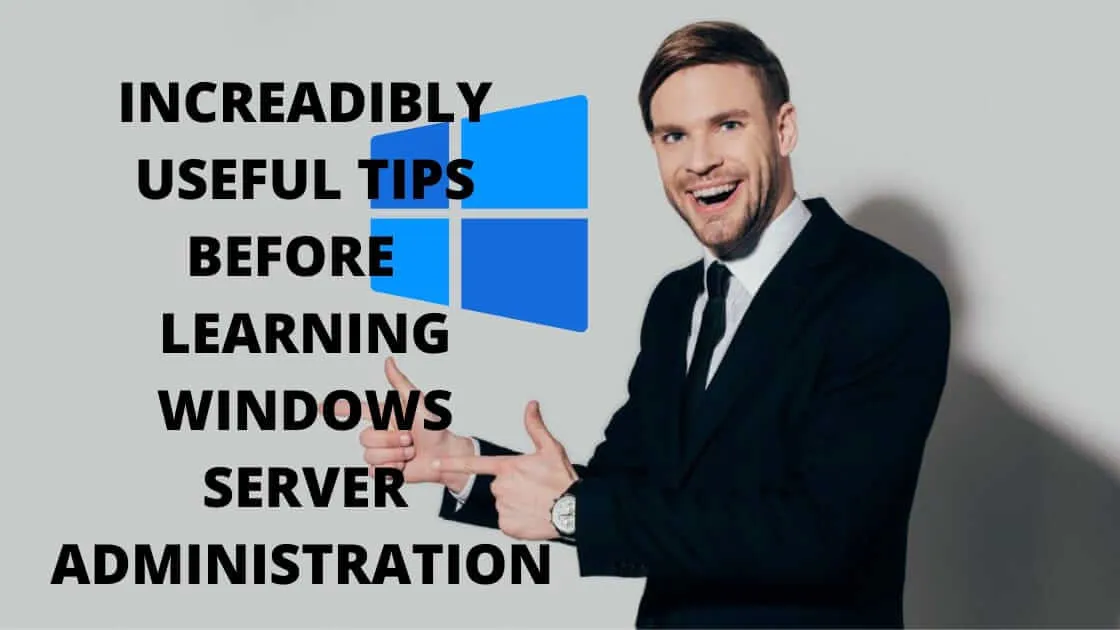
Getting a Windows certification and learning windows server will assist you whether you're new to Microsoft Windows Server or a seasoned pro. Not only will these certifications increase your abilities, but they will also boost your career chances in the IT business.
Ensuing the release of Windows Server 2016, the firm offered new examinations and windows server administration training to help IT professionals better understand the new platform.
If you want to work in IT operations and management, getting the MCSA: Windows Server 2016 certification should be necessary.
All before that, here are a few points that you need to be having in mind before jumping to learn it.
1. Master the Fundamentals
Server 2016 is no exception to the rule that some things change and some things stay the same. Server roles that have been since Windows NT 4.0 are not only still in use, but they are also the cornerstone of every Windows-based network.
Active Directory, DNS, DHCP, file services, print services, and IIS are among them. As a novice administrator, you must learn these jobs since they are the milk and cream of your everyday administrative work.
2. You Must Include Virtualization in Your Skill Set
The backbone of Hyper-V hasn't been modified much, but Server 2016 offers many new features to learn about. Without affecting any VMs, hosts may be updated one at a time. Adding RAM and NICs to virtual machines saves even more time.
3. What are Nano Servers? Be on the lookout for them.
Nano Servers are designed to be extremely light and cloud-ready. You can be confident that certifications will be tested on it, so create some virtual machines and try it out.
4. Obtain certification.
Microsoft has you covered if you want to further your career through credentials. Starting with an MTA, you can progress to the MCSA and MCSE levels. If you are already certified in Server 2012 or 2008, an upgrade path is also available to learn windows server administration.







